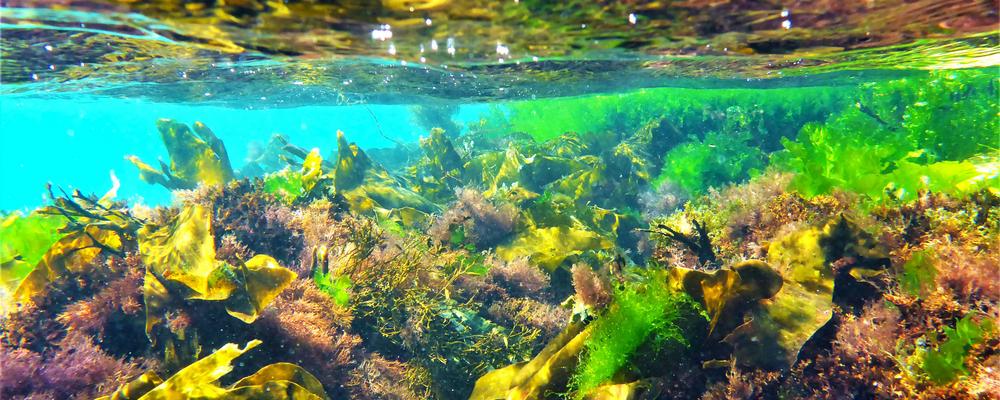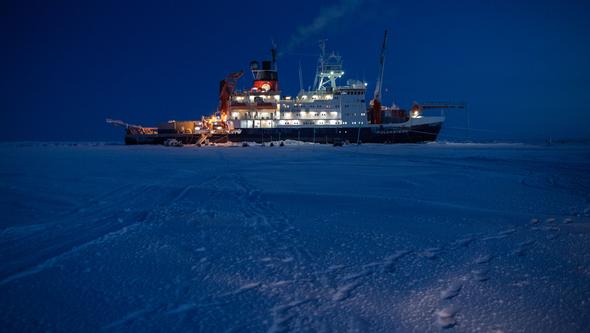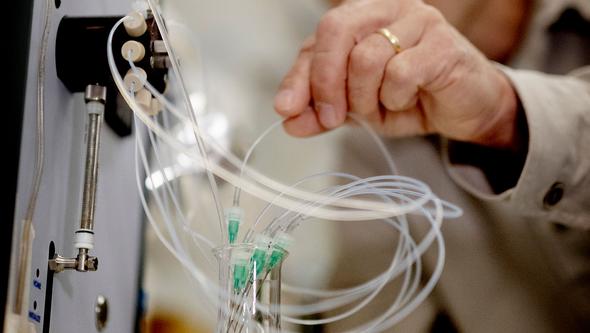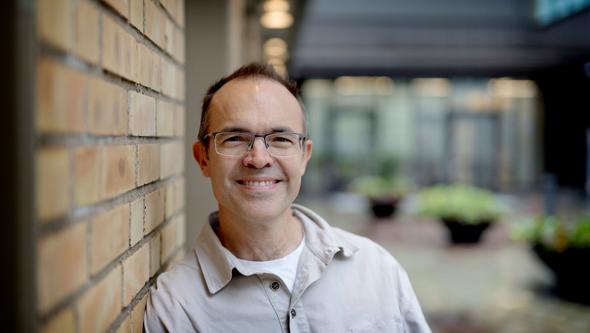
- Home
- Research
- Find research
- An ocean of opportunities
An ocean of opportunities
The sea affects everyone on this planet. This realisation has reached decisionmakers at all levels in recent years, and the UN has designated the 2020s a Decade of Ocean Science for Sustainable Development. Hundreds of researchers at the University of Gothenburg devote themselves to the ocean in one way or another.
MARINE RESEARCH IS often interdisciplinary in nature, and we need to strengthen the links between all the research that is carried out, says Martin Hassellöv, who coordinates the UGOT Ocean profile area.
Marine research has a long tradition at the University of Gothenburg. In recent years, there has been a growing focus on this research field. As a marine chemist, Martin Hassellöv is not at all surprised.
– The ocean is the planet’s thermostat, and is a buffer for huge quantities of carbon dioxide and many other human emissions. But this doesn’t happen without consequences. Warming and acidification of the oceans will have enormous consequences. Every other breath we take consists of oxygen produced in the ocean, and seafood is an important source of protein for much of the world’s population. There are also major interests within the blue economy such as energy and the extraction of raw materials, as well transporting goods and passengers by sea.
He coordinates UGOT Ocean, which aims to achieve better visibility and increased collaboration within the University’s marine research.
– Between 300 and 400 researchers at the University of Gothenburg work on something to do with the sea. Marine research is often multidisciplinary. Within the natural sciences, chemistry, physics, biology and geosciences can all contribute towards the same research project, but marine research is also conducted at all other faculties.

By looking at which research is carried out and comparing it with the UN’s Sustainable Development Goals and the challenges of the Decade of Ocean Science, several clusters have emerged in which marine research at the University of Gothenburg is prominent:
Polar and climate science
This is an emerging field of research that applies for and receives significant research funding. Due to long distances (especially to Antarctica) and large ice sheets, research at the poles is both difficult and expensive. However, new technology has opened up opportunities to carry out research beneath – and in – the polar ice, as well as in previously unexplored sea areas. As research findings are published within various fields, the importance of this research becomes clear – not least within climate research. Climate change is affecting the ice and the oceans around the poles. This in turn is affecting the climate across the globe. Research is being carried out within fields such as oceanography, biology, climatology and marine chemistry.
Evolution and adaptation
Changing conditions are also natural for marine life. The water gets warmer or colder. Salinity changes, and the availability of food varies. Adaptability and the characteristics that evolution has forced upon us are thus key to our survival as a species.
– The Baltic Sea is a unique arena where we can study how different species and ecosystems adapt when habitats change, compared to the North Sea,” continues Martin. This can provide answers to how we should go about preserving or promoting habitats and ecosystems. Projects in which researchers investigate and develop methods to restore eelgrass meadows and cold-water coral reefs are examples of this.

The marine food web
Where and how does life begin in the sea? The boundaries between the geology of ocean sediments, the chemistry of seawater and the biology of the smallest forms of life are – if you will excuse the pun – fluid. However, they are important if we want to under- stand how, for example, eutrophication from agriculture and contaminated groundwater leaks affect the marine food web.
– We have researchers investigating how the carbon and nutrient balance works in different sediments and pelagic aquatic environments, and how it creates the right conditions for marine primary production and microbial processes. This is a good example of how different scientific disciplines need to work together to create a picture of what’s happening.
The impact of pollution on the sea
Human impact on marine life cannot be ignored. The ocean is overflowing with plastic pollution of various sizes. Chemicals leak into the sea from industries and households on a daily basis. Sound and light pollution also stress marine life. These have become global problems that policymakers need to address. In order to make the right decisions, they rely on the knowledge generated by scientists.
– Since knowledge unfortunately does not always lead to regulations or solutions to problems in the sea, we need to reconsider our working methods. One particularly interesting interface within UGOT Ocean is the one between marine science and the research that takes place within law, the humanities and social science.
The blue economy
Offshore wind power, deep-sea mining, and algae and fish farming at sea or on land. Our oceans offer great untapped potential to meet the energy, raw material and food needs of a growing population. By applying a sustainability perspective to research relating to the so-called blue economy, we can hopefully avoid repeating past mistakes such as overfishing, destroying shallow water habitats, eutrophication and pollution from shipping.
– Where there are economic interests, there is also funding for research and development. But research also has a responsibility to be considerate. We have researchers working to provide a scientific basis for international negotiations to protect parts of the oceans from exploitation, and also to map what is threatened if, for example, we start mining minerals on the seabed. These are highly sensitive, slow-growing ecosystems in a very stable environment that could potentially be destroyed if we harvest the metal-rich deep-sea nodules.

MARTIN HAS NOTICED that marine research has become increasingly important for society. Eight percent of all the funding allocated to the University of Gothenburg by the Swedish Research Council goes to marine research projects. When it comes to funding from the Swedish Research Council for Sustainable Development (Formas), almost half of the money the University receives has a marine element in a broad sense. Here, there is the potential for further success through new collaborations.
– Today, we have more resources for exploring the oceans, he concludes. We know the most about coastal and shallow areas, but there’s still a lot to learn even there. Further away and in deeper waters, we know very little. Every expedition discovers new species, and it has been estimated that only a tenth of all marine life has been identified. This is incredibly interesting.
Text: Olof Lönnehed
Photo: Sophie Steinhagen, Esther Horvath, Malin Arnesson